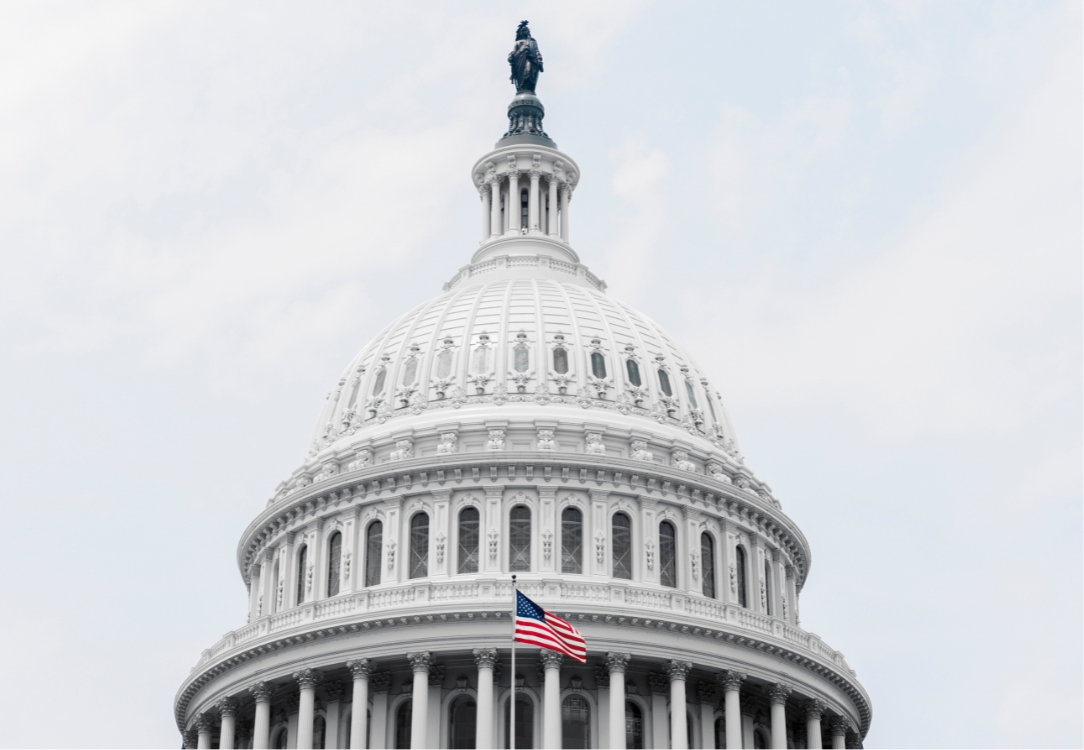July was a busy month for sponsors of group health plans. The final DOL rule on overtime exemption requirements went into effect July 1. IRS Form 5500, due on July 31 for calendar year plans, applies to most public and private sector businesses providing plans to 100 or more participants. Also due by July 31 was the annual PCORI fee, submitted via Form 720 by employers sponsoring self-funded medical plans or applicable HRAs. CMS announced updated parameters for Medicare Part D prescription coverage that will impact employers who need at provide documentation of creditable coverage to employees by October 31 and to disclose to CMS its creditable coverage within 60 days of the start of the plan year.
Form 5500 filing for health and welfare plans
The Form 5500 series is a component of the Employee Retirement Income Security Act’s (ERISA) reporting and disclosure framework. The Form is used to report information on the qualification of the plan, its financial condition, investments, and its operations. It also guarantees that participants, beneficiaries, and regulators have access to essential information to protect those involved in the plans. All health and welfare plans with more than 100 participants must file Form 5500 electronically via EFAST2 by the last day of the seventh month following the end of the plan year, typically July 31 for calendar-year plans.
Noncompliance penalties are significant and adjusted annually for inflation. To promote compliance, there is a delinquent filer voluntary compliance program allowing plan administrators who missed the deadline to comply with reporting requirements and pay a reduced penalty, thereby avoiding steeper civil penalties.
Employers can obtain an automatic extension to file Form 5500 by filing IRS Form 5558. The extension will allow returns/reports to be filed up to the 15th day of the third month after the normal due date. Due to administrative issues within the IRS, Form 5558 will be postponed for electronic filing through EFAST2 until Jan. 1, 2025. Plan sponsors and administrators should continue to use a paper Form 5558 to request a one-time extension.
Employer Considerations:
- Health and welfare plans with more than 100 participants must file Form 5500.
- Submit Form 5500 and all required schedules electronically through the EFAST2 system by the last day of the seventh month following the end of the plan year, or by July 31 for calendar-year plans.
- Review plan operations and documents to ensure ongoing compliance with ERISA requirements. Conduct internal audits to verify that all filings are accurate and complete.
- Ensure that plan participants and beneficiaries are informed about the filing and their rights under the plan.
Medicare part D updates affecting employers and some employees
The Centers for Medicare & Medicaid Services (CMS) has announced the January 2025 parameters for the Medicare Part D prescription drug benefit. For coverage to be creditable, its actuarial value must meet or exceed the value of the standard Medicare Part D coverage. Essentially, this means that the employer’s coverage should cover at least as much in expected paid claims as the standard Medicare benefit.
Group health plan sponsors offering prescription drug coverage must disclose whether their coverage is creditable or non-creditable to employees by October 15 to align with Medicare Part D open enrollment. During open enrollment, Medicare-eligible individuals who do not have creditable coverage can enroll in Medicare Part D and avoid a late enrollment penalty.
Key updates include:
- A three-phase benefit structure: annual deductible, initial coverage, and catastrophic coverage.
- A reduced annual out-of-pocket threshold of $2,000.
- Replacement of the Coverage Gap Discount Program with a Manufacturer Discount Program.
Adjustments to the financial responsibilities of enrollees, Part D sponsors, manufacturers, and CMS. - For 2025, the parameters also include an annual deductible of $590, up from $545 in 2024.
Employer Considerations: Group health plan sponsors – with guidance from brokers, consultants, carriers, and TPAs – will use these new parameters to determine if their prescription drug coverage is creditable for 2025.
The annual disclosure notice to participants can be satisfied by providing a single notice at the same time each year, with additional notices required under certain circumstances, such as before an individual’s Medicare Part D initial enrollment period or upon request. Plan sponsors are also required to disclose to CMS their creditable coverage within 60 days of the start of the plan year.
Paying the PCORI fee
The Patient-Centered Outcomes Research Institute (PCORI) fee funds research that evaluates and compares health outcomes, clinical effectiveness, and the risks and benefits of medical treatments and services was due on July 31, 2024.
For plan and policy years ending between October 1, 2023, and September 30, 2024, the PCORI fee was $3.22 per covered life. Employers use Form 720 Quarterly Federal Excise Tax Return to file.
Employer Considerations: Employers with self-funded medical plans or applicable health reimbursement arrangements (HRAs) use Form 720 to fulfill their reporting obligations and pay PCORI fees. The IRS has provided an FAQ as well as instructions to assist employers. Electronic filing is available but not required.
DOL announces final overtime rule
The U.S. Department of Labor (DOL) announced a final rule to update the overtime exemption requirements for employees in white-collar occupations under the Fair Labor Standards Act (FLSA). The rule, effective July 1, 2024, raised the standard salary level for white-collar employees from $684 to $844 per week ($35,568 to $43,888 per year) and for highly compensated employees from $107,432 to $132,964 per year. A further increase will occur on January 1, 2025, raising the salary level for white-collar employees to $1,128 per week ($58,656 per year) and for highly compensated employees to $151,164 per year.
Employer Considerations: The July salary level increase is expected to affect nearly 1 million workers, while the January increase will impact approximately three million workers. Employers should familiarize themselves with the new rule and assess changes necessary to comply. The DOL department of Wage and Hour Division has provided a webinar and FAQs.
Question of the Month
Q: When is an employer required to offer COBRA?
A: An employer is subject to offer COBRA in a calendar year if the employer had 20 or more full-time employees (including full-time equivalent employees) for more than half of the working days in the preceding calendar year. Part-time employees count as a fraction of a full-time employee depending on how much they work compared to a full-time employee. If a full-time employee works 40 hours per week, a part-time employee working 20 hours per week would be a .5 full-time equivalent (FTE) employee and a part-time employee working 16 hours per week would be a .4 FTE.


